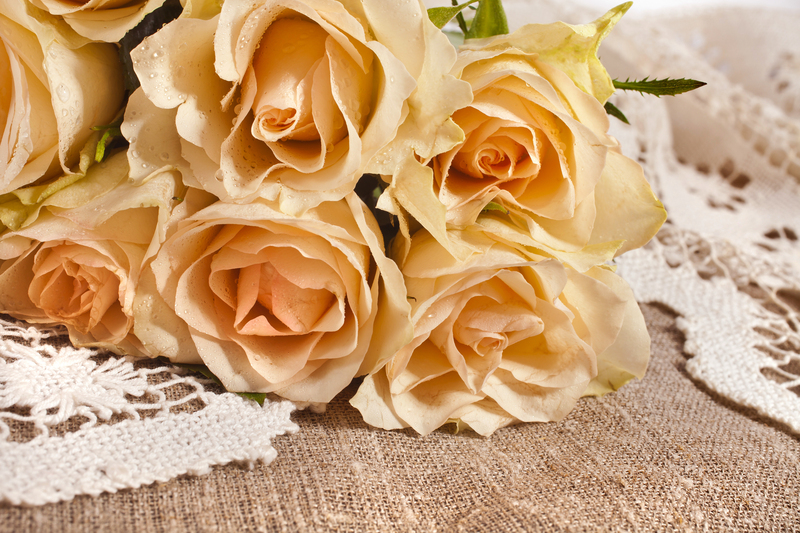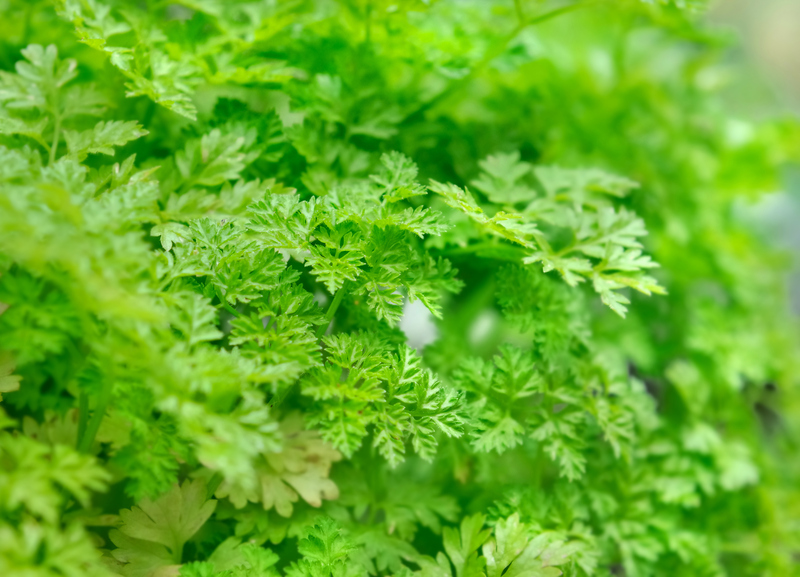Evergreen Climbers for Shade: Creating Verdant Havens from Dark Areas
Posted on 19/05/2025
Evergreen Climbers for Shade: Creating Verdant Havens from Dark Areas
Incorporating nature into our living spaces can offer tranquility and beauty unlike any other decor. One popular and effective way to do so is by using evergreen climbers to transform shaded areas into lush, verdant havens. These resilient plants not only provide year-round greenery but also add texture and vibrancy to what might otherwise be dark and overlooked parts of your garden.
Understanding Evergreen Climbers and Their Benefits
Evergreen climbers are a unique category of plants that maintain their leaves throughout the year, ensuring continuous foliage and color. They are particularly suited for shaded areas, thriving where many other plant types would struggle. Shade-tolerant climbers can dramatically alter the aesthetic and environmental quality of your garden's shadowy corners.
Advantages of Using Evergreen Climbers in Shaded Areas
- Year-round appeal: Unlike deciduous plants, evergreen climbers do not shed their leaves, providing constant visual interest.
- Space efficiency: Utilizing vertical space, these climbers maximize greenery without requiring much ground area.
- Environmentally friendly: By covering walls or fences, climbers naturally insulate buildings, reducing energy consumption.
- Wildlife habitat: Offering shelter and food, evergreen climbers attract birds and beneficial insects to your garden.

Choosing the Right Evergreen Climbers for Shade
When selecting shade-loving climbers, it is essential to consider the specific characteristics of the shaded area--its moisture levels, soil type, and the intensity of shade it receives. Below are some top-performing evergreen climbers ideally suited for shady gardens:
1. Ivy (Hedera helix)
Ivy is a popular choice due to its versatility and hardiness. This evergreen climber for shade is prized for its ability to cover large areas, whether climbing walls or sprawling across the ground.
Key characteristics:
- Low maintenance.
- Creeps easily on most surfaces.
- Available in various leaf sizes and colors.
2. Climbing Hydrangea (Hydrangea anomala subsp. petiolaris)
Known for its large, lush clusters of flowers, Climbing Hydrangea can rejuvenate darker areas within your garden. It clings effortlessly to surfaces, requiring little additional support.
Key characteristics:
- White fragrant blooms in summer.
- Beautiful contrasted bark for winter interest.
- Prefers moist, well-drained soils.
3. Wintercreeper (Euonymus fortunei)
This stately climber is known for its vibrant green leaves that may exhibit gold or white variegation. Wintercreeper is ideal for those looking to add a bit of color variation to their shade garden.
Key characteristics:
- Drought-resistant once established.
- Can be used as ground cover or for climbing.
- Dense foliage that offers excellent coverage.
Planting and Caring for Evergreen Climbers in Shade
Successfully establishing evergreen climbers in shaded areas requires a mix of understanding plant preferences, regular care, and strategic placement. Below are steps to ensure your verdant haven thrives:
Site Preparation
Begin by assessing soil conditions. Many climbers prefer slightly acidic to neutral pH levels. Amending the soil with organic material can improve its structure and fertility, ensuring robust growth.
Planting Techniques
- Time your planting: Early spring is ideal when the ground is naturally moist.
- Water adequately: Make sure young plants receive sufficient water as they establish.
- Provide support: Include trellises or plant near existing structures for vines to latch onto.
Maintenance Tips
- Regular pruning: Helps manage growth and encourages healthy foliage.
- Pest control: Monitor plants for pests and treat accordingly with organic solutions.
- Nutrient supply: Use slow-release fertilizers to enhance growth.

Designing Your Shade Garden with Evergreen Climbing Plants
Integrating climbers into your garden design requires creativity and planning. These vigorous climbers offer unique textures and forms that can complement various garden styles. Here are some design tips:
Creating Vertical Gardens
Use specially-designed structures or mesh to encourage climbers to grow upwards, maximizing the use of vertical space while adding privacy and green walls to your area.
Incorporating Color and Texture
Pair climbers with other shade-loving perennials to create eye-catching contrasts. The interplay between different textures and colors can transform a simple area into a captivating landscape.
Filling Empty Spaces
Use climbers to camouflage unattractive walls or fences, integrating these structures seamlessly into the natural environment.
Conclusion
Evergreen climbers offer a wealth of opportunities for making shaded areas vibrant and alive. With their capability to thrive in less sunny conditions, these plants bring lasting beauty and ecological benefits to your garden. By selecting the right species and providing appropriate care, you can transform even the darkest corners of your outdoor space into lush, living tapestries.
Incorporating shade-loving evergreen climbers can deeply enhance the beauty and functionality of your garden, offering a continual display of foliage and a peaceful retreat into nature's abundant splendor.

